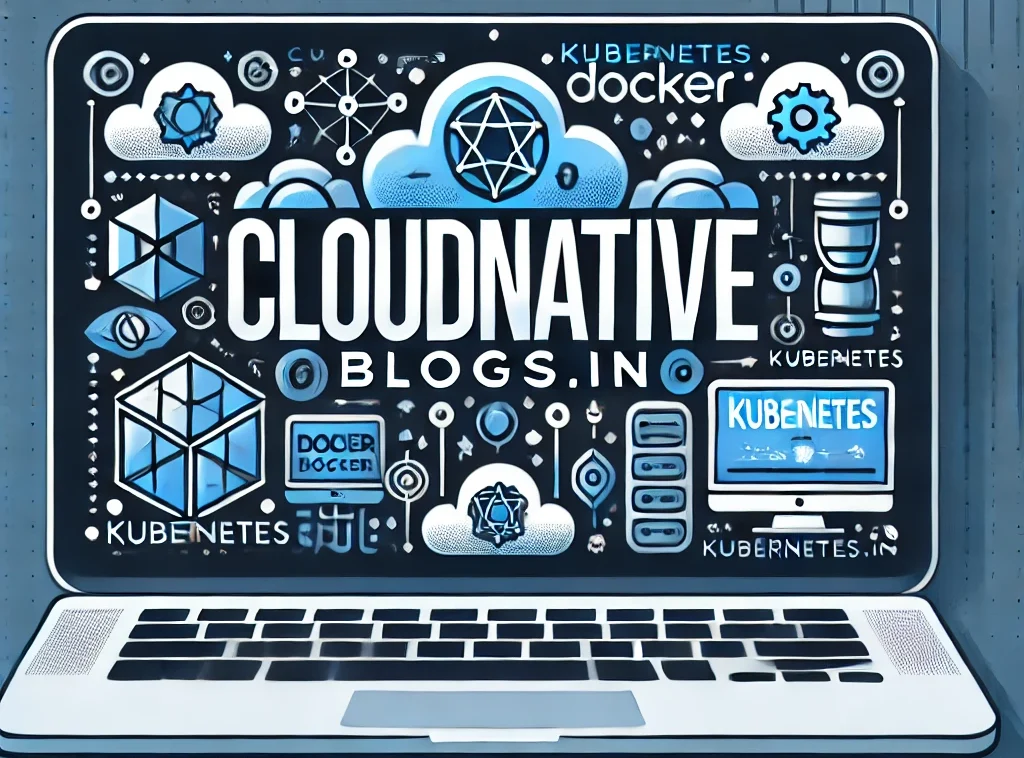
🧠 Introduction
In the world of high-performance enterprise computing, IBM mainframes are renowned for their unmatched reliability, throughput, and scalability. At the core of this superiority lies a fundamental difference in architectural design—a sophisticated, multi-layered cache hierarchy that significantly outpaces traditional server CPUs. While x86 architectures dominate commodity computing, IBM’s z-series mainframes, such as the z15 and z16, bring an advanced memory subsystem to the table that dramatically enhances performance for mission-critical workloads.
This article delves into the cache hierarchy of IBM mainframes, explaining its structure, benefits, and why it consistently outperforms traditional server processors in real-world applications.
🧱 Understanding Cache Hierarchy in CPUs
Before exploring the IBM mainframe, it’s essential to understand how CPU caches work in general.
What is Cache?
CPU caches are small, fast memory layers located closer to the processor cores than main memory (RAM). Their purpose is to store frequently accessed data and instructions, reducing the time it takes for the CPU to fetch them.
Traditional x86 Server Cache Hierarchy
Most x86 server CPUs (e.g., Intel Xeon, AMD EPYC) implement a three-level cache:
- L1 Cache: Per core, very fast but small (32KB–64KB).
- L2 Cache: Per core, larger but slower (256KB–1MB).
- L3 Cache: Shared among cores on a CPU socket (up to 96MB in AMD EPYC).
These caches are typically built using SRAM, known for its speed and cost efficiency for small capacities.
🏗️ The IBM Mainframe Cache Hierarchy: A Four-Tiered Powerhouse
IBM’s mainframes elevate cache design to a new level by implementing a four-level hierarchy with an additional L4 system cache, rarely seen in traditional CPUs.
1. L1 Cache (Per Core)
- Split into instruction (L1I) and data (L1D) caches.
- Offers ultra-low latency access (typically 1–2 cycles).
- Holds most frequently used data, such as loop counters or stack variables.
2. L2 Cache (Per Core)
- Slightly larger (256KB–2MB range), also private to each core.
- Used for holding recently accessed variables, array data, and small working sets.
3. L3 Cache (Per Chip)
- Shared among all cores on a chip.
- Implemented using embedded DRAM (eDRAM) for high density and power efficiency.
- Much larger (e.g., 128MB per chip), serving as a large buffer for workloads like database queries or transaction processing.
4. L4 Cache (System-Level Cache)
- The defining innovation in IBM’s architecture.
- Shared across the entire Central Processor Complex (CPC).
- Can be as large as 960MB+, acting as a last-resort cache before memory.
- Accelerates access for workloads spanning multiple cores, chips, or logical partitions (LPARs).
🚀 Performance Impact: How the Cache Hierarchy Translates to Real-World Gains
IBM’s cache system offers several tangible benefits that dramatically impact workload performance:
✔️ 1. Higher Throughput and Lower Latency
- The L4 cache absorbs many L3 cache misses, significantly reducing round trips to DRAM.
- This is critical in online transaction processing (OLTP) systems where latency is measured in microseconds.
✔️ 2. System-Wide Data Sharing
- L4 cache serves as a shared resource between cores, sockets, and logical partitions.
- Enables faster context switches, shared-memory communication, and fewer performance bottlenecks across concurrent workloads.
✔️ 3. Workload Isolation and Predictability
- Each core has private L1/L2 caches, while L4 provides a shared but controlled buffer.
- Supports workload isolation—ideal for cloud environments and mainframe-as-a-service where performance predictability is crucial.
✔️ 4. Better Cache Hit Rates
- Larger caches (L3+L4) mean less frequent data eviction and re-fetching.
- Particularly beneficial for analytics workloads or mainframe batch jobs with large working sets.
🔬 IBM vs Traditional x86 Servers: Side-by-Side Comparison
| Feature | IBM z15/z16 Mainframe | Intel Xeon / AMD EPYC Servers |
|---|---|---|
| Cache Levels | L1–L4 | L1–L3 |
| L4 Cache | Present (shared across CPC) | Not present |
| Cache Size | Up to 960MB (L4), 128MB (L3) | Up to 96MB (L3) |
| Cache Type | eDRAM (for L3, L4) | SRAM |
| Performance Target | High throughput, isolation, reliability | High performance, cost efficiency |
| Workload Suitability | OLTP, hybrid cloud, security-critical | Web servers, databases, HPC workloads |
💼 Use Case Impact: Who Benefits the Most?
IBM’s cache architecture shines in industries and applications where:
- Latency and consistency are non-negotiable.
- Concurrent workloads run simultaneously.
- Security and uptime are critical.
📌 Industries:
- Banking and Finance (real-time transactions)
- Insurance and Claims Management
- Government and Defense
- Large Retail and Logistics
- Healthcare Information Systems
📌 Applications:
- z/OS with DB2 or IMS databases
- Secure APIs and encryption services
- Batch analytics and mainframe-based ETL
- Cloud-native workloads on LinuxONE
🧠 Architectural Trade-offs
| Advantage | Trade-off |
|---|---|
| Better performance under scale | More silicon real estate required |
| Superior workload isolation | Higher hardware costs |
| System-wide data sharing via L4 | Complexity in cache coherence management |
| Lower memory access latency | Power usage from large eDRAM cache |
🏁 Conclusion
The cache hierarchy in IBM mainframes is a critical differentiator that contributes directly to their legendary performance, reliability, and scalability. The introduction of a dedicated L4 system cache, shared across the processor complex, allows IBM to deliver high throughput while minimizing latency and improving workload isolation.
While traditional server CPUs offer excellent performance per dollar, they fall short in scenarios where predictability, fault isolation, and sheer transactional throughput are paramount.
For organizations dealing with mission-critical workloads, IBM’s architectural investment in cache design isn’t just an engineering marvel—it’s a business imperative.

changan uni s купить https://changan-v-spb.ru
Khám phá thế giới giải trí trực tuyến đỉnh cao tại MM88, nơi mang đến những trải nghiệm cá cược thể thao và casino sống động.
iwin – nền tảng game bài đổi thưởng uy tín, nơi bạn có thể thử vận may và tận hưởng nhiều tựa game hấp